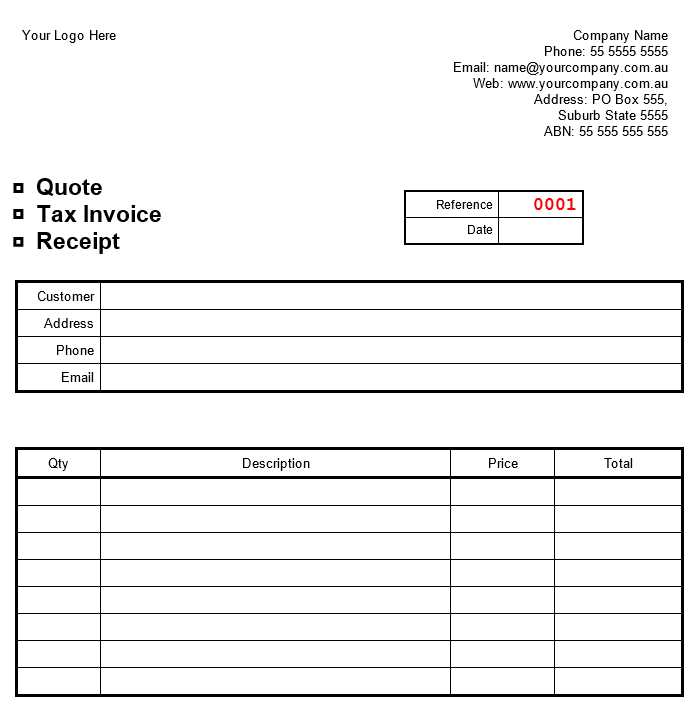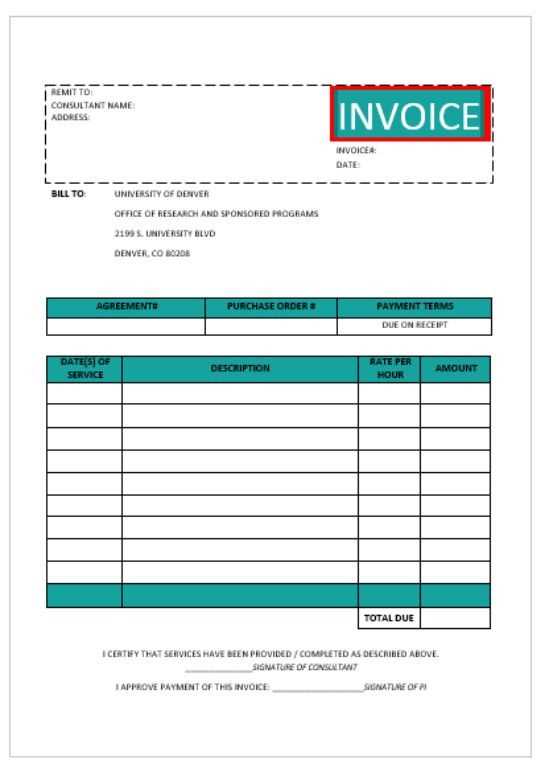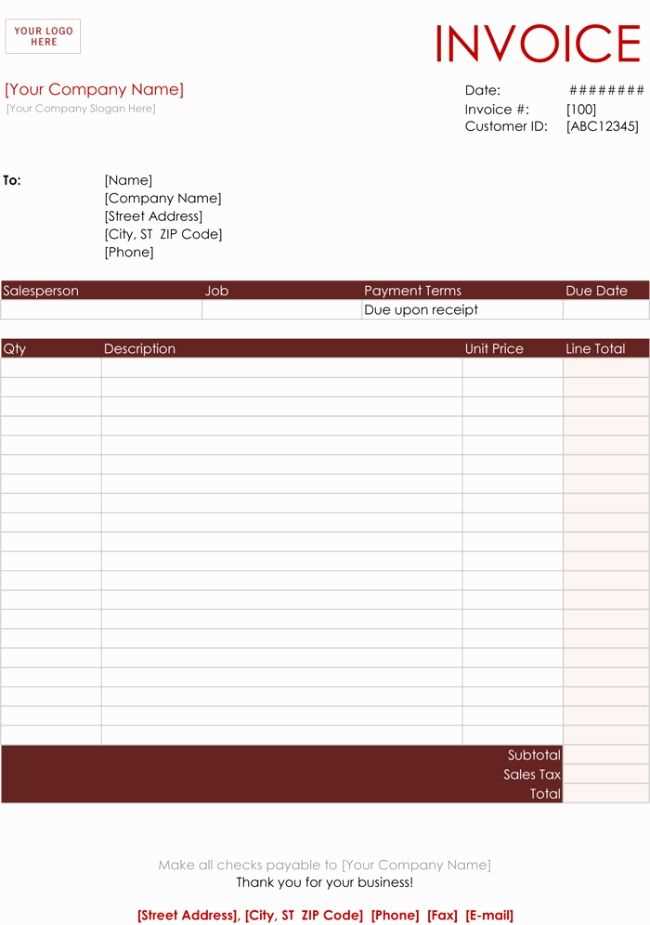
Design a receipt template for food invoices that is both clear and professional. Organize all necessary details, including the vendor’s name, address, and contact information, as well as the customer’s information. Ensure the total amount due is easily identifiable with a breakdown of individual items.
Include a section for taxes, discounts, and any additional fees that may apply to the transaction. This will help both the vendor and customer keep track of the financial details for record-keeping and tax purposes. Don’t forget to add a space for payment method, along with any terms and conditions for the transaction.
The template should allow for easy customization, enabling it to suit a variety of food-related businesses, from catering services to restaurants. Keeping the design simple yet informative will make the receipt functional and easy to use for both parties involved.
Food Invoice Receipt Template
A food invoice receipt should clearly list the details of the transaction. Include the business name, date, and a breakdown of the items purchased. Specify the quantity, description, and price for each item. This will make it easier for both the customer and the vendor to track purchases.
Key Elements to Include

Ensure that the receipt features the following information:
- Business Information: Company name, address, and contact details.
- Invoice Number: Unique identifier for each transaction.
- Date of Purchase: Exact date when the transaction occurred.
- Itemized List: Clear description, quantity, and price for each item.
- Total Cost: Sum of all items, including taxes or discounts, if applicable.
- Payment Method: Indicate if the payment was made by card, cash, or other means.
Design Considerations
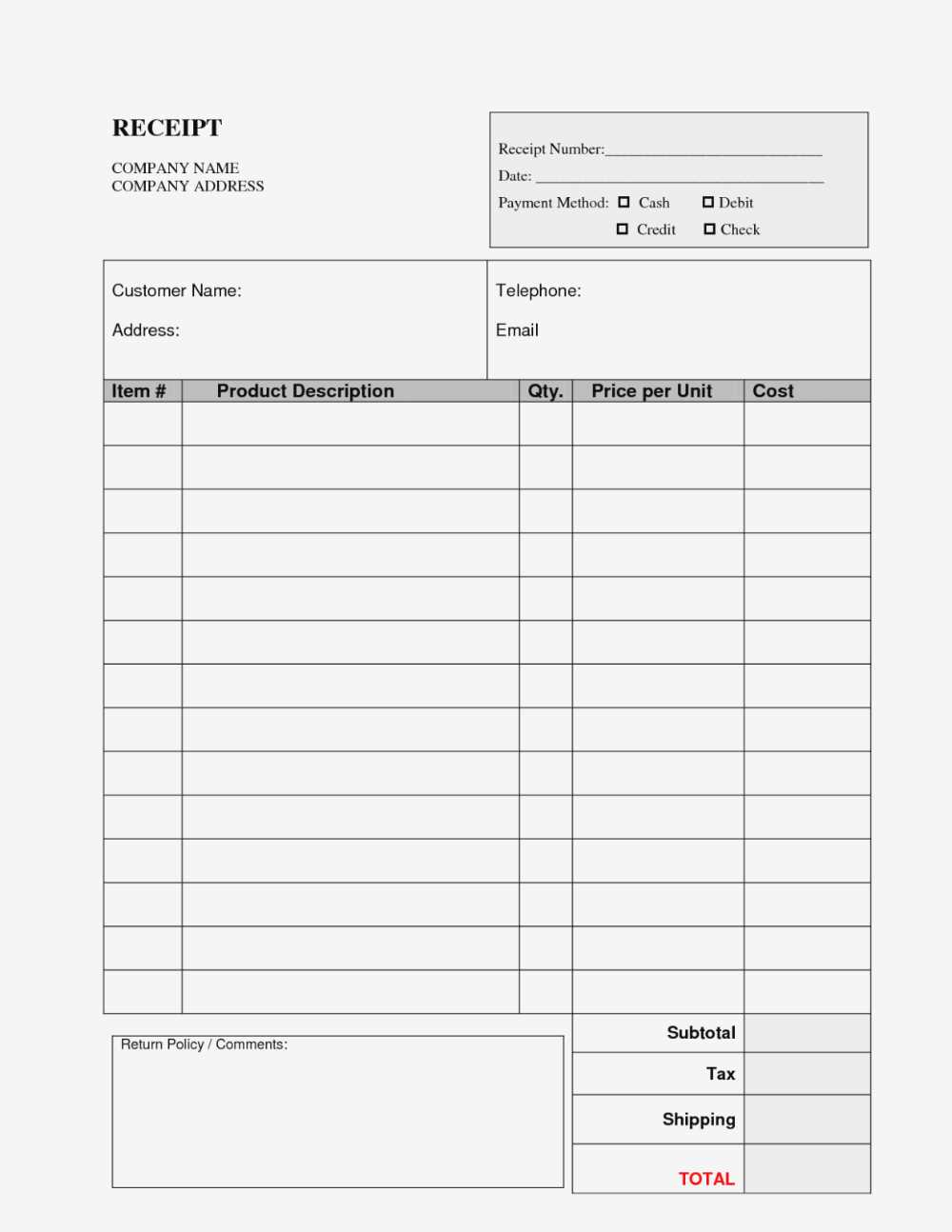
Keep the layout simple and easy to read. Use a clear font and maintain consistency across all sections. Highlight important figures, such as totals and taxes, with bold or larger font sizes to make them stand out. Ensure the text is well-aligned and evenly spaced for clarity.
By including these elements and focusing on clarity, you will create a straightforward and professional food invoice receipt template that can be used for any food-related transaction.
Key Elements to Include in a Template
Make sure to include the vendor’s name and contact information at the top. This should be easy to find, allowing customers to quickly identify the source of the invoice.
Next, display the invoice date and a unique invoice number. This makes it easy to track transactions and avoids confusion in the future. A clear reference to the transaction will help both parties stay organized.
List the items or services provided along with their respective prices. Be specific with quantities, unit prices, and totals. This section should be straightforward and easy to read, ensuring no details are overlooked.
Include any applicable taxes or discounts. If the price includes a tax or discount, clearly indicate this so customers can see the total cost breakdown.
Finally, provide clear payment instructions. Whether payment is due immediately or within a specific period, state this clearly along with acceptable methods of payment. Make the transaction process as simple as possible for your customer.
How to Customize the Template for Your Business
Adjust the invoice template to reflect your brand identity by including your company’s logo and adjusting the color scheme to match your brand palette. This creates a professional and consistent look across all communications.
Ensure that your business details, such as name, address, and contact information, are accurately displayed. You can also add a personalized message or note to clients for a more personalized touch.
Modify the layout to include the relevant sections for your business. If you sell multiple products or services, consider adding itemized lists or sections that allow you to specify quantities, descriptions, and prices. Keep the structure simple and easy to navigate for both you and your customers.
To streamline payment processing, include clear instructions on how to make payments. Add payment terms such as due dates, late fees, or early payment discounts if applicable. This helps set expectations and avoid confusion.
Make sure tax rates, discounts, and shipping fees are customizable. If your business operates in multiple regions or offers various services, you can modify these fields to match your pricing structure.
- Incorporate a unique invoice number system for easy tracking and reference.
- Enable the option for clients to add a reference or order number, making it easier to match payments to orders.
- If your business deals with recurring payments, ensure the template supports subscription billing with clear start and end dates.
Finally, test the template across various devices and browsers to ensure it displays correctly. This guarantees your clients will always have a seamless experience when viewing or printing their invoices.
Ensuring Accuracy and Compliance in Food Receipts
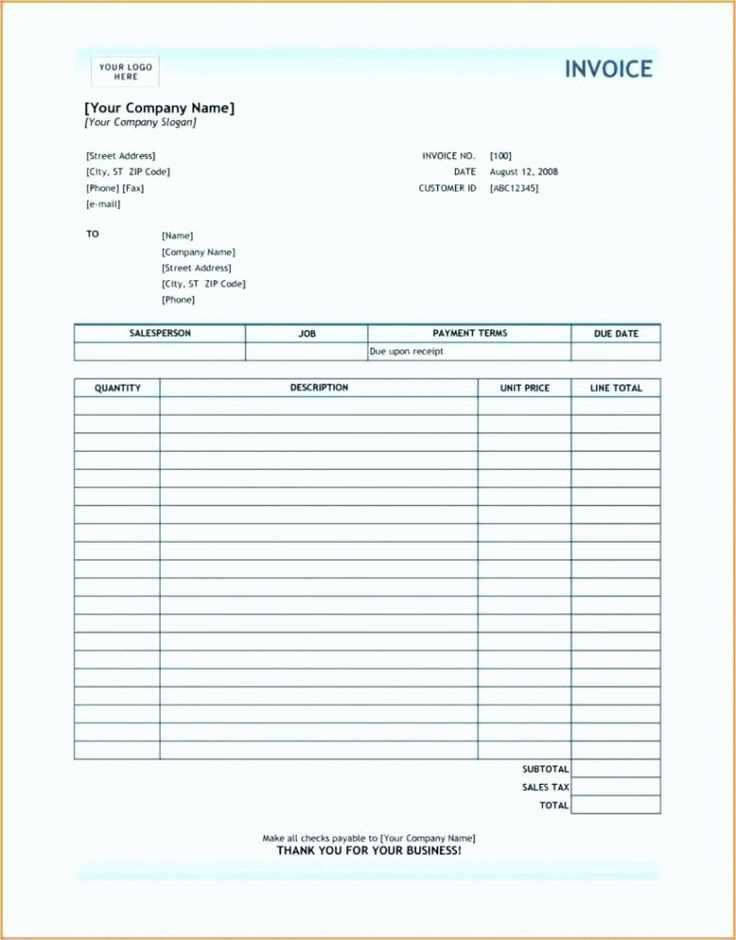
Accurate details on food receipts are crucial for both customers and businesses. Double-check prices, taxes, and any discounts applied to avoid discrepancies. Record the correct product quantities and descriptions to prevent confusion during reviews or audits.
Verify Tax Calculations
Ensure that tax rates are correctly applied based on local regulations. Miscalculations in tax can lead to financial discrepancies and legal issues. Always update tax rates when local laws change and adjust for any special tax categories related to food items.
Incorporate Item Descriptions
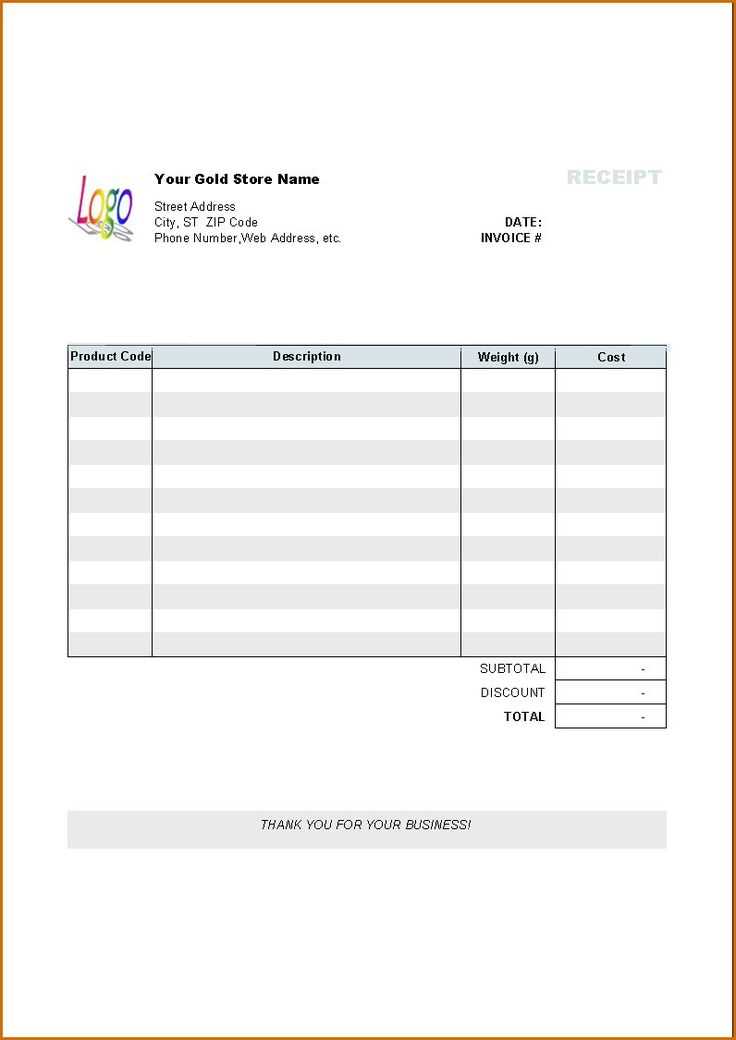
Include clear descriptions of each item purchased, along with their unit price. This helps customers confirm what they’ve bought and serves as a reference if an issue arises. Avoid vague terms and list ingredients or food preparation methods where applicable, especially for allergens.
Ensure the total price matches the sum of individual items, taxes, and discounts. This transparency can prevent disputes and ensures businesses meet regulatory standards.
